B&W film photography is gaining a new generation of sophisticated photographers who want the personal experience of making fine art B&W images. The drawback has been processing of B&W film relying on commercial labs. These labs are scarce and expensive and deny photographers the enjoyment of this magical process. Ansel Adams placed great importance on this ‘hands wet’ processing of film.
- 1 x Ilford Simplicity Chemistry Kit
- 1 x Ilford 35mm Cassette Opener
- 1 x Paterson 2 35mm reel tank with 2 reels
- 1 x Paterson thermometer
- 1 x Paterson Chemical Stirrer
- 3 x 600ml Paterson graduates
- 2 x sets of Paterson film drying clips
You’ll also need scissors and a timer.
Before you get your hands wet you need to practice loading film onto the processing reel in daylight. I suggest you cut about 10” from a roll of unexposed 35mm film to use for practice in room light. The film has a tang for easy loading in a 35mm camera. Cut this off your test strip and use this as a template to cut a similar tang on the film cassette leader. Expect this cassette to give 24 or so frames rather than 36. Without this practice it’s guarantee you would find yourself uttering strong expletives while damaging your precious images. The Paterson reels load a whole lot easier than the steel ones. Once you have the film threaded on the reel then simply ratchet the film on to the reel. Now slip the loaded film reel onto the plastic spigot, then into the tank, secure the tank lid and now turn on the lights.
Loading your film you must be in total darkness. A light tight changing bag can be useful which I do not recommend. I suggest you find a room you can make light tight where you can have a cozy place to arrange everything nice and handy to load your film.
Now you have your film in the light sealed Paterson tank you’re ready to get your hands wet. The Harman Ilford started kit contains, the developer, stop bath and fix, all dilute with tap water to make a volume of 600ml each, don’t be a fanatic about the temperature, just stay ball park close (plus or minus 2 degrees) 68 degrees f is ideal.
Processing sequence:
- Developer: 5.5 minutes for HP5+ (my favourite ILFORD film). 4 inversions of the tank at start and then once every 30 seconds.
- Stop bath: 30 seconds with constant agitation.
- Fixing time: 3 minutes with 6 inversions at start and then 2 inversions every minute.
- Washing: 5 minutes in briskly running water contribute greatly to your film’s archival properties, if very serious about longevity go all out for 10 minutes.
- Wetting agent rinse is to prevent drying marks from water droplets, my recommendation is 1 minute with very gentle agitation using the twirling rod. Them remove film from the reel and using the Paterson film clips, clothes pins will work, hang the film to dry perhaps on your bathroom shower curtain rod.
This tactile experience has gifted you with a deeper personal appreciation for the art of B&W photography.
With friendly spring weather there’s no excuses, so get out shooting!!!
Best to all!
Discussed Items
About the Author – Crombie McNeill

PHOTONews Flash is honoured to see our contributing editor Crombie McNeill featured in CTV News Ottawa. Tune in to hear Crombie’s story and his mission to help those experiencing homelessness.
Crombie McNeill is a distinguished artist whose lens has captured the world’s wonders. Renowned for his editorial prowess, Crombie’s photographic journey spans across continents, earning him accolades and acclaim as one of North America’s foremost photographers. His portfolio boasts iconic publications like Time, Newsweek, ELLE, and National Geographic, among others.
Exhibiting his captivating imagery in galleries across Canada, the United States, and Europe, Crombie has authored three acclaimed books. Though now semi-retired, he continues to thrive creatively from his abode in Gatineau, QC, alongside his cherished wife, Sue. Immersed in passion projects, he delves into his darkroom, infusing traditional techniques with modern digital processing to craft evocative, one-of-a-kind visuals.
For Crombie, photography is more than a medium—it’s a conduit for timeless narratives with a touch of enigma. Amidst his extensive digital pursuits, he finds solace in the amber glow of his wet darkroom, where each print is a testament to his artistic vision.
Step into Crombie’s world and experience the magic of his artistry at : Crombie McNeill Fine Art Photography | B&W Photography



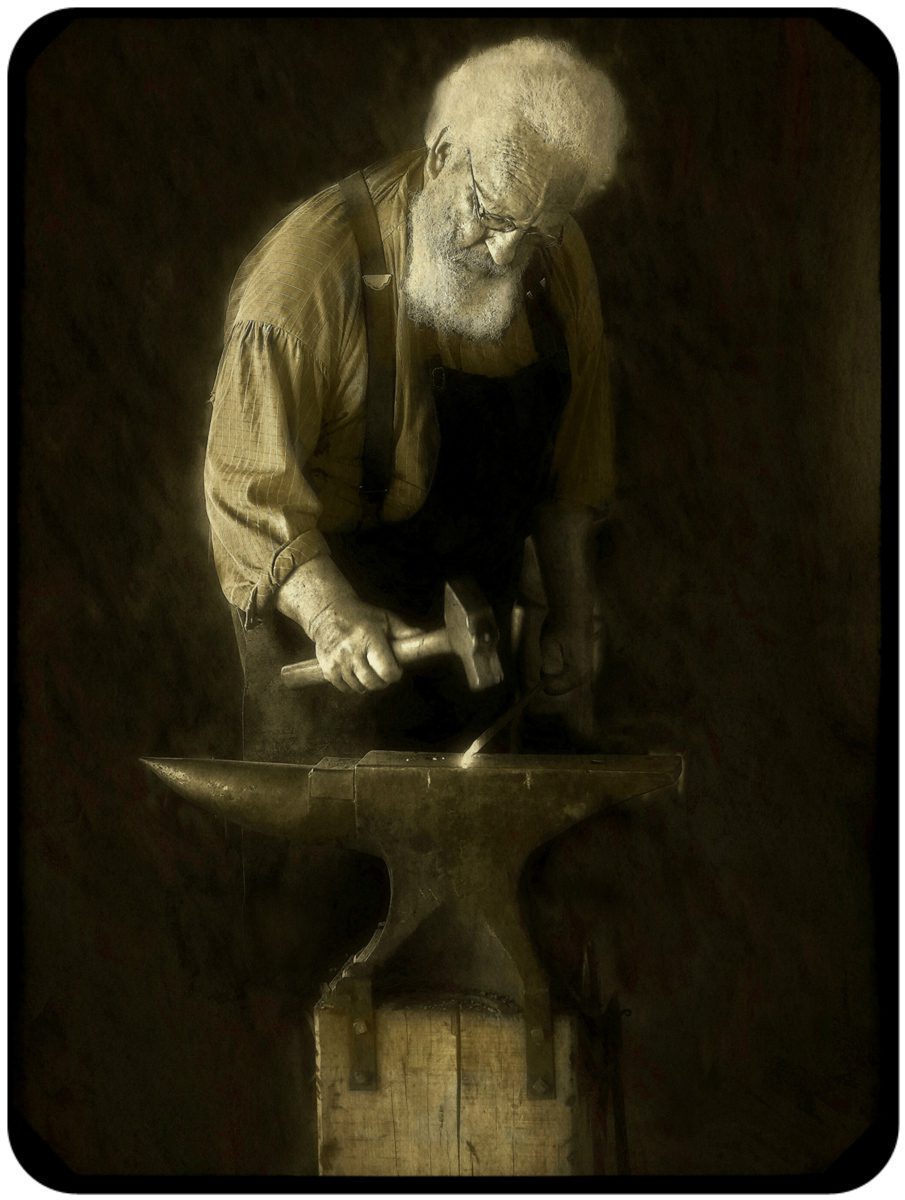
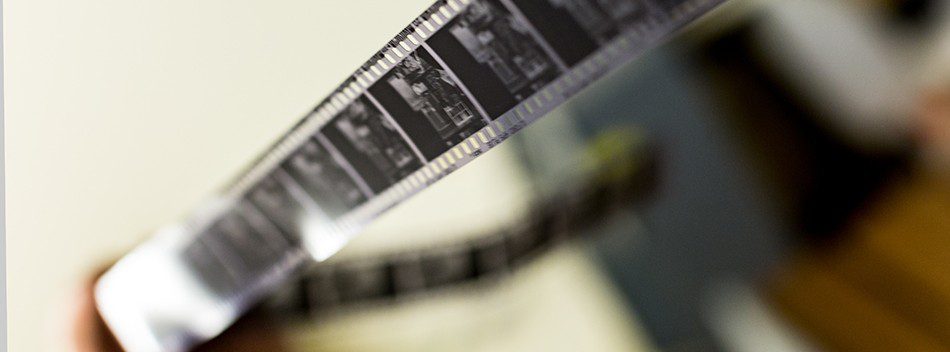
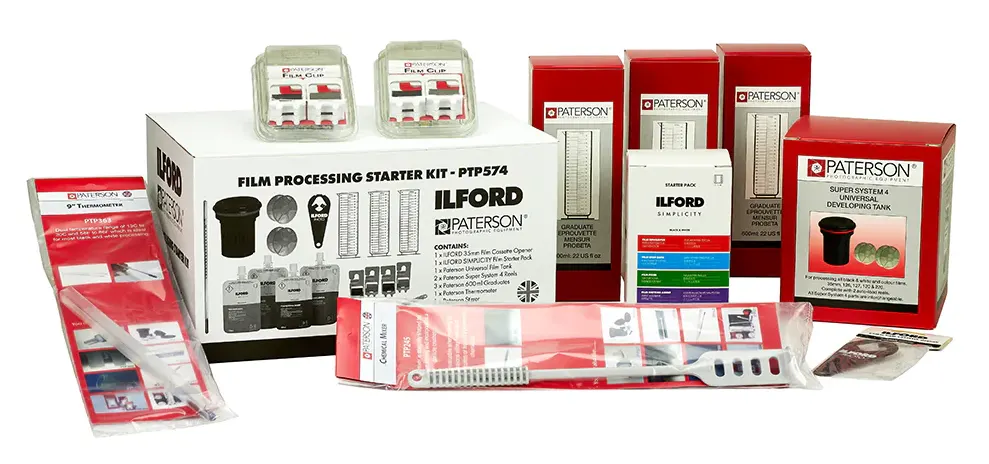
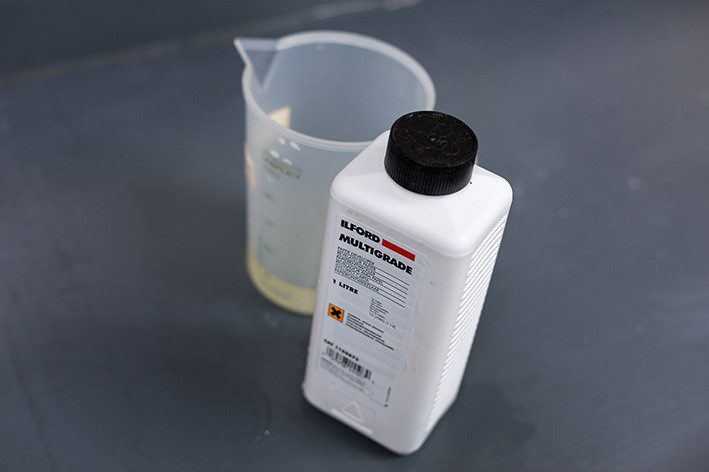
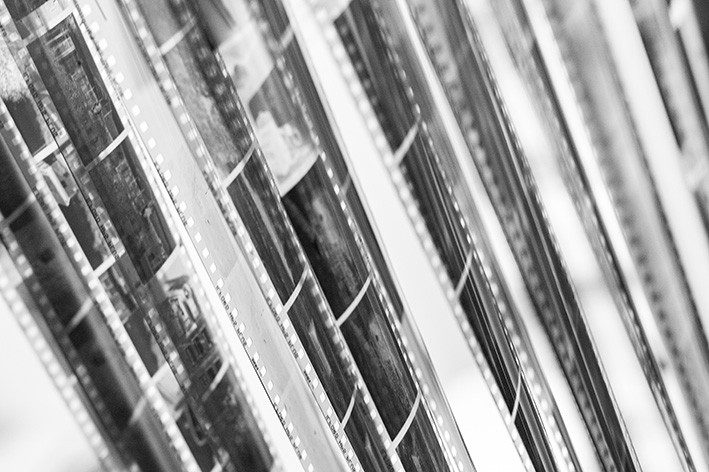





Hmm, had a darkroom from approx. mid 1950’s to 2005 so, for maybe 50 yrs. Still miss the smell of the darkroom and the tactile experience. Remember push-processing Tri-X by 30% to get ASA 800 and large grain but, in those days, ASA 800 was Fast. Now I expose up to ISO 12,800 with very little noise. All the best. Tom
Hi Tom,
I agree. Part of the experience is the ambience from the glow of the safe lights, the smell of the chemistry, I love it!
I appreciate your contacting me.
Very best!
Crombie
Hello
I would like to try this at home.
Have you heard of making your own developer with the following: water, instant coffee, vitamin C powder, washing soda.
Can I just buy the chemicals at Ilford?
How dark should the room be to load the film, could I do it in my bathroom?
Any helpful hints?
Suggestions?
Thank you
Leah
Hi Leah,
It’s far more personal doing this at home, good on ya!
The ‘coffee’ developer chemistry is no further away the the grocery store. My limited experience using any of the formulas produce good results do I do recommend giving this a go. Loading film must be done absolute complete darkness. Your bathroom at night with a dark towel over any window is the perfect solution.
Let me know your results.
Cheers,
Crombie
Hello Again
I have another question.
I would like to make my own negatives as stated above.
Are only the temperatures differ in B&W to color film chemicals?
Do both need developer, stop bath, fixer ? Or they now call it Developer, Blix, Stabilizer.
There is also a product on the market that is a one bottle chemical for B&W film Cirestill Df 96 Mono bath. Have you used this one?
Thank you
Leah
Hi again Leah,
For b&w film you need developer (a coffee formula), stop bath (diluted vinegar works nicely) and Ilford Rapid Fix. Blix,stablizer are for color and are a bit nasty for the environment.
Processing temperature is best around room temperature.
Have fun!
Crombie